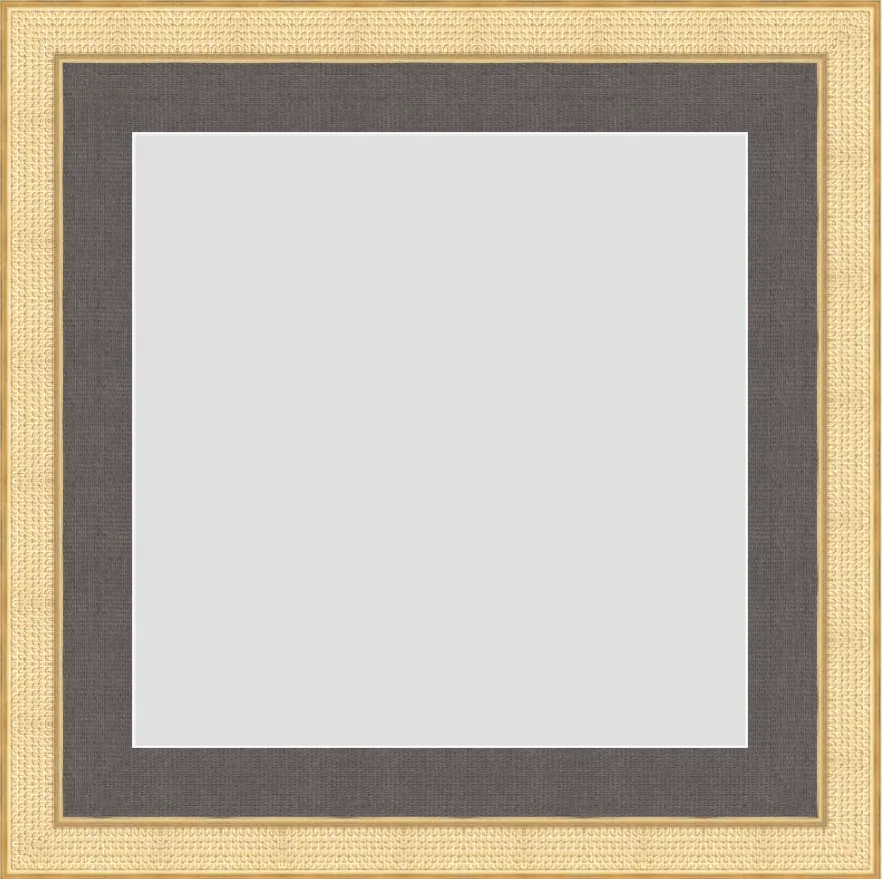404 — Oops, This Frame is Empty!
The page you’re looking for may have been moved, deleted, or never existed.
Popular links:

© Copyright 2025 AUM Framing & Gallery. All rights reserved. | Website design and digital marketing powered by FLOW5 Marketing

